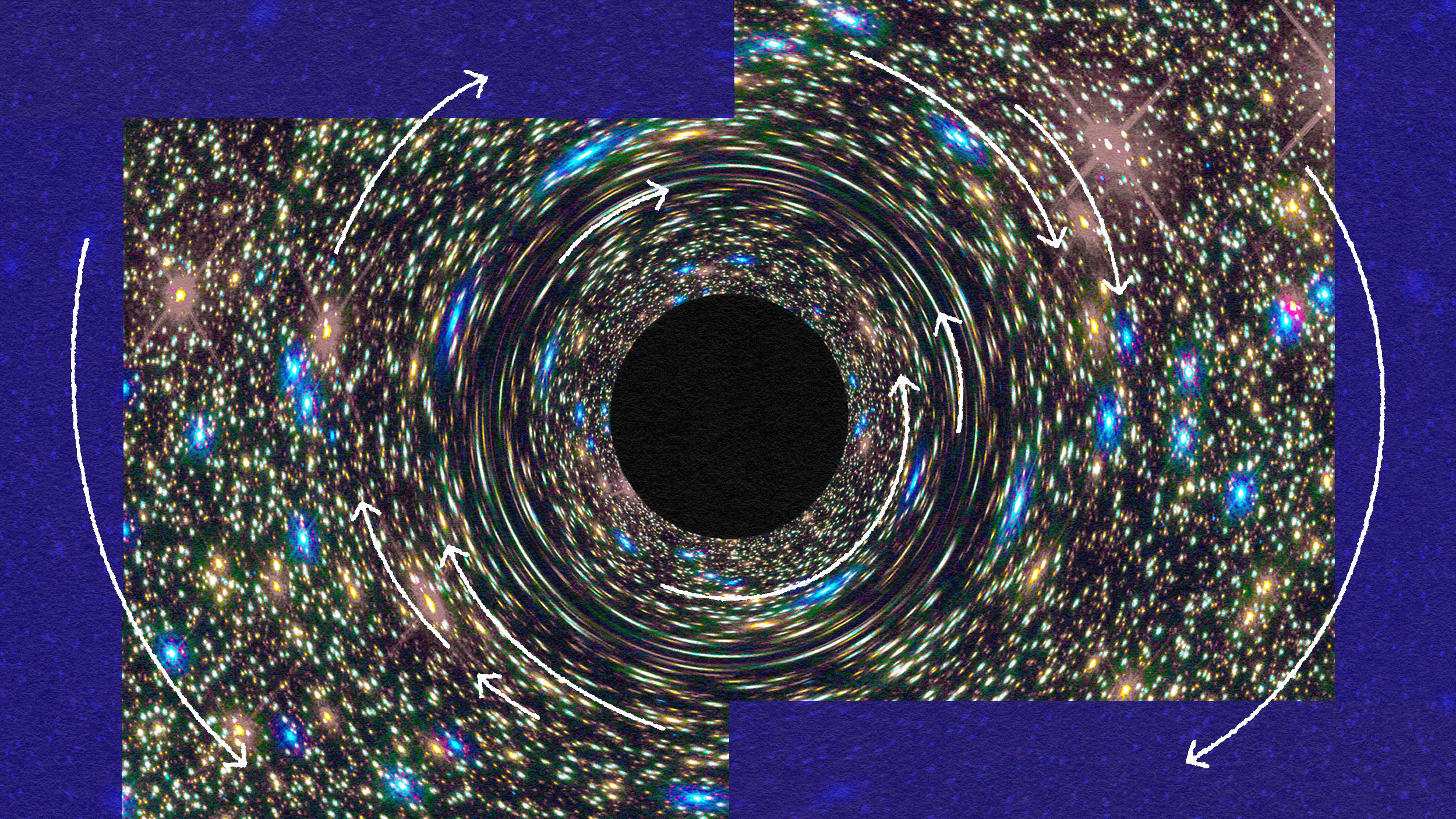Brain Reading: Scientists Hope to Build a Simulated Brain in 12 Years

What’s the Big Idea?
A group of scientists have laid out an ambitious plan to tackle one of the grand challenges facing mankind in the early 21st century–develop a supercomputer that can simulate the brain.
“This is one of the three grand challenges for humanity,” notes Professor Henry Markram, Director of the Blue Brain Project at École Polytechnique Fédérale de Lausanne (EPFL) in Switzerland. “We need to understand earth, space and the brain,” Markram says. “We need to understand what makes us human.”
How ambitious is Professor Markram’s plan?
In the 1960s, John F. Kennedy set the goal of landing on the moon within the decade. Markram, a former doctor turned computer engineer, has set a goal of 12 years to “put a ghost into a machine,” as Jonah Lehrer put it in a recent post in Seed magazine.
So far, Markram’s team has simulated part of a rat’s brain using a computer. But “Team Frankenstein,” as the German media have dubbed the researchers, isn’t stopping there. As Lehrer notes, Markram’s so-called ‘Blue Brain project’ has now reached a critical juncture:
The first phase of the project—“the feasibility phase”—is coming to a close. The skeptics, for the most part, have been proven wrong. It took less than two years for the Blue Brain supercomputer to accurately simulate a neocortical column, which is a tiny slice of brain containing approximately 10,000 neurons, with about 30 million synaptic connections between them. “The column has been built and it runs,” Markram says. “Now we just have to scale it up.” Blue Brain scientists are confident that, at some point in the next few years, they will be able to start simulating an entire brain. “If we build this brain right, it will do everything,” Markram says.
What’s the Significance?
According to Professor Markram, the Blue Brain supercomputer, when completed, will “help two billion people annually who suffer from some type of brain impairment.”
In addition to shedding light on neurological diseases such as Alzheimer’s and Parkinson’s, Blue Brain could help scientists understand how we think and make decisions. To accomplish this, Blue Brain will integrate an enormous amount of data — an estimated 60,000 scientific papers published every year — into one platform. This information will then be visualized in three-dimensional images “built around a semi-circular ‘cockpit’ so scientists can virtually ‘fly’ around different areas and watch how they communicate with each other,” reports Tamara Cohen in The Daily Mail.
What impact will this technology have on science?
In the video below, Columbia University neuroscientist Dr. Joy Hirsch explains the grand challenge of reverse-engineering the human brain.
Watch the video here:
Image courtesy of Shutterstock
Follow Daniel Honan on Twitter @Daniel Honan





